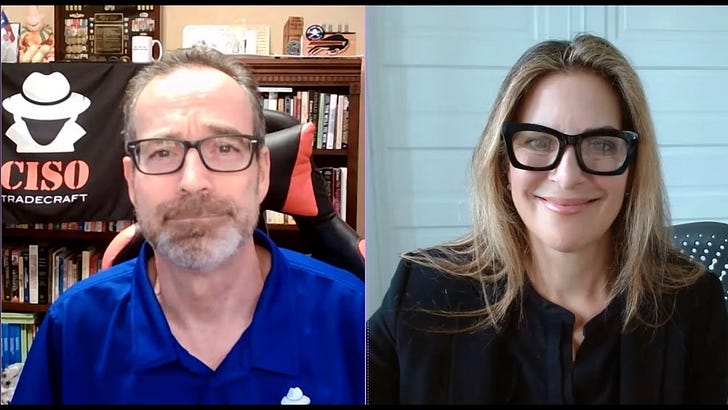Investing in Your SOC Team: Why It’s Critical and How to Do It Right
In the realm of cybersecurity, there are numerous elements within an organization that demand a CISO's attention. However, the Security Operations Center (SOC) stands out as one of the most critical functions. Unlike other areas where mistakes or oversights can be rectified, a failure within the SOC can have immediate and devastating consequences. Recognizing this, the crucial question arises: how do we build and sustain an effective SOC?
Prioritizing Your People:
The foundation of any successful SOC lies in its people. This begins with crafting appealing job descriptions that will attract talented incident responders, a task that necessitates collaboration with your HR department. Retaining these individuals hinges on two primary factors: a positive corporate culture and strong team leadership.
While fostering a positive culture might require influencing factors beyond your immediate control, establishing exceptional team leadership is entirely within your grasp.
A supportive and empowering leader can create a positive micro-environment within the team, even within a less than ideal broader organizational culture.
A thriving, positive culture serves as a magnet for top-tier talent and significantly contributes to employee retention.
Measuring Productivity and Performance:
Once you have assembled a skilled SOC team, it becomes essential to measure their productivity and overall performance. The fundamental question to address is whether individuals are generating value commensurate with their roles. Conducting an activity-based costing analysis can provide a clear picture of the overall cost of an employee, factoring in salary, benefits, and other associated expenses.
If an employee's cost to the organization is $200,000 annually, but they generate $500,000 in value, this represents a sustainable and profitable relationship.
Regular performance evaluations, ideally conducted more frequently than annually, are vital to provide feedback and measure progress against set goals.
Establishing clear metrics, such as the number of tickets reviewed or closed within a specific timeframe, allows for objective performance assessment. This data-driven approach can reveal whether an employee is thriving in their role or whether a different position might be a better fit.
The Importance of Ongoing Training:
In the ever-evolving landscape of cybersecurity, where threats and technologies are in constant flux, continuous training is not merely beneficial; it is essential. Staying ahead of emerging threats and mastering new tools is crucial for the effectiveness of any SOC team.
Certifications, while valuable, provide general knowledge and may not encompass the specific tools and procedures used within your organization.
Practical, hands-on training, ideally utilizing real-world scenarios and your organization's specific toolset, is key to developing proficiency.
Embracing Simulation Training:
Debbie Gordon, CEO of CloudRange Cyber, emphasizes the importance of simulation training in cybersecurity. Much like flight simulators are indispensable for pilots, cyber ranges provide a safe and controlled environment for SOC teams to practice and hone their skills. CloudRange Cyber specializes in creating these virtualized environments, offering organizations a powerful tool to:
Test and refine incident response processes.
Familiarize teams with the intricacies of their specific security toolset.
Gain experience in handling real-world attack scenarios without the risk of real-world consequences.
The Rise of Proactive Security:
The need for proactive cybersecurity measures is more apparent than ever. Reacting to incidents as they occur is no longer a sustainable approach. Regulations, such as those from the New York Department of Financial Services, are increasingly mandating proactive cybersecurity training.
These regulations require organizations to demonstrate that their cybersecurity personnel receive regular training to address evolving threats. This trend is likely to extend beyond the financial sector, becoming a best practice across all industries.
Measuring the ROI of Training:
Investing in SOC training is not just about compliance or checking boxes. It's about building a more robust and resilient security posture. The true value of this investment can be measured by examining key outcomes:
Reduction in the time to detect, respond to, and recover from security incidents.
Improved preparedness for real-world attack scenarios based on threat intelligence.
Increased employee confidence and job satisfaction, leading to better retention.
By focusing on these outcomes, organizations can build a compelling business case for investing in ongoing, practical SOC training. It's about moving beyond reactive security measures and embracing a proactive approach where continuous learning and improvement are paramount.
If you would like to learn more from Debbie or her team please check out Cloud Range.
Note the full episode can be heard on Youtube:



